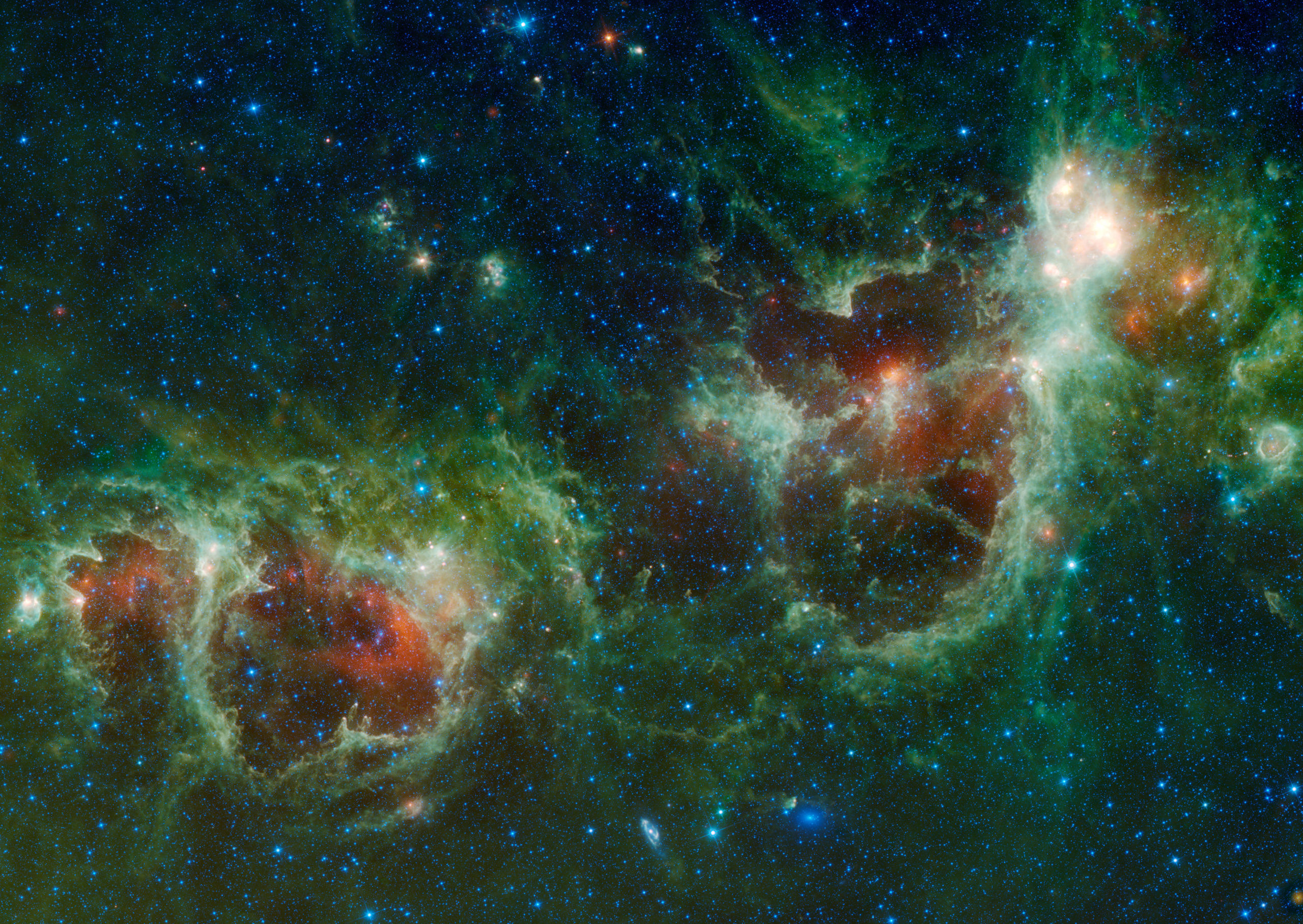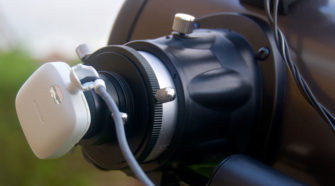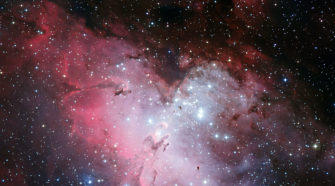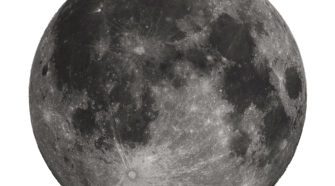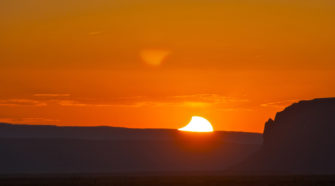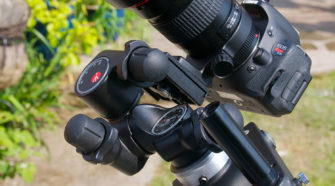Cassiopeia: The Queen
Cassiopeia is a prominent constellation in the northern hemisphere which is very easily recognised as a W or M in the night skies. In most of Continental America and all of Europe it is visible year round but becomes most spectacular in the winter months, when it is elevated to a much higher altitude. Along …
How to photograph the planets
For the last couple of issues our object spotlights have been located within our solar system. It is quite easy to see them, Jupiter and the Moon in particular, but quite difficult to image them. The term for imaging the solar system is Planetary Imaging despite the fact that both the planets, the moon and …
M16: The Eagle Nebula
The Eagle Nebula is located in the constellation Serpens and is one of the most iconic star forming regions in our galaxy. The nebula is also known as Messier 16 or M16 in the catalog of celestial nebulas and star clusters compiled by French Astronomer Charles Messier. This is probably one of the most famous …
All about the Earth’s moon
As this issue commemorates 45 years since the first human placed foot on the Moon it seems rather fitting to feature the Moon in this astronomy item. As we all know the Moon is our nearest astronomical body at about a quarter of a million miles or 405,000 Km away. Unlike other planets in our …
Take a closer look at the Moon
Observing the Moon The object of the month this time is the closest celestial body to us: The Moon. The Moon plays a big part in Astronomy for a number of reasons, the main one being light. Although the Moon does not generate light itself, it acts as a giant reflector for the sun. When …
Starting in astrophotography
If you thought buying a telescope was confusing and complicated, then moving on to astrophotography can be even worse. This arises because of the myriad of different types of photography that can be done, the budget available, and the celestial objects that you want to image. Astrophotography can range from taking starscapes with your existing …

